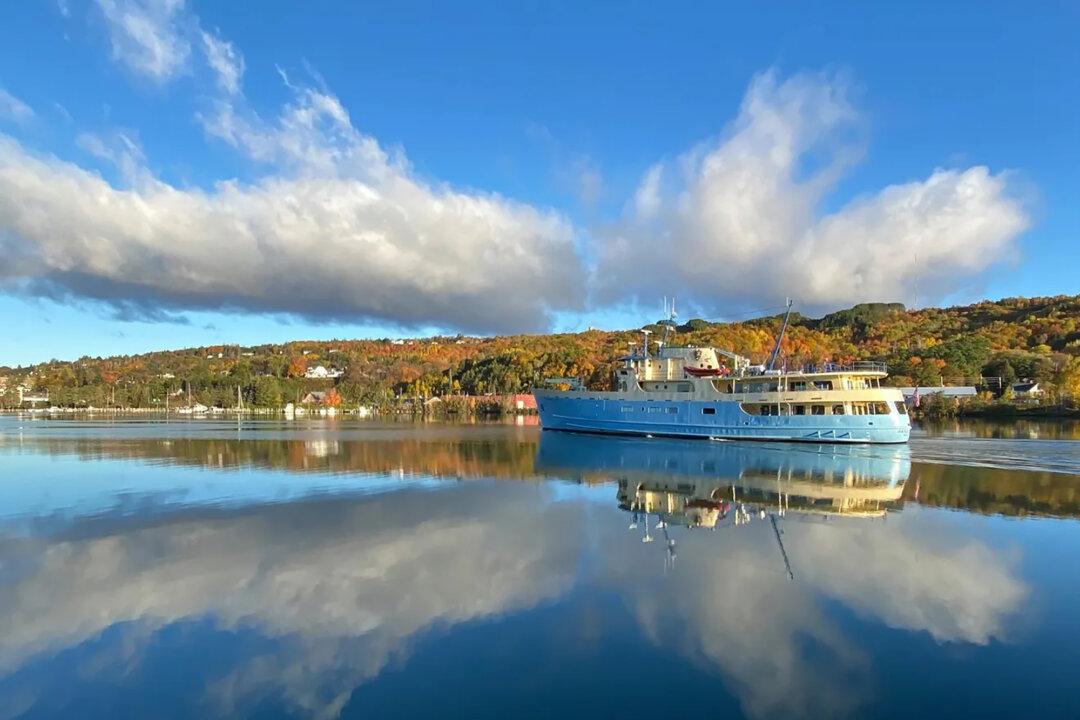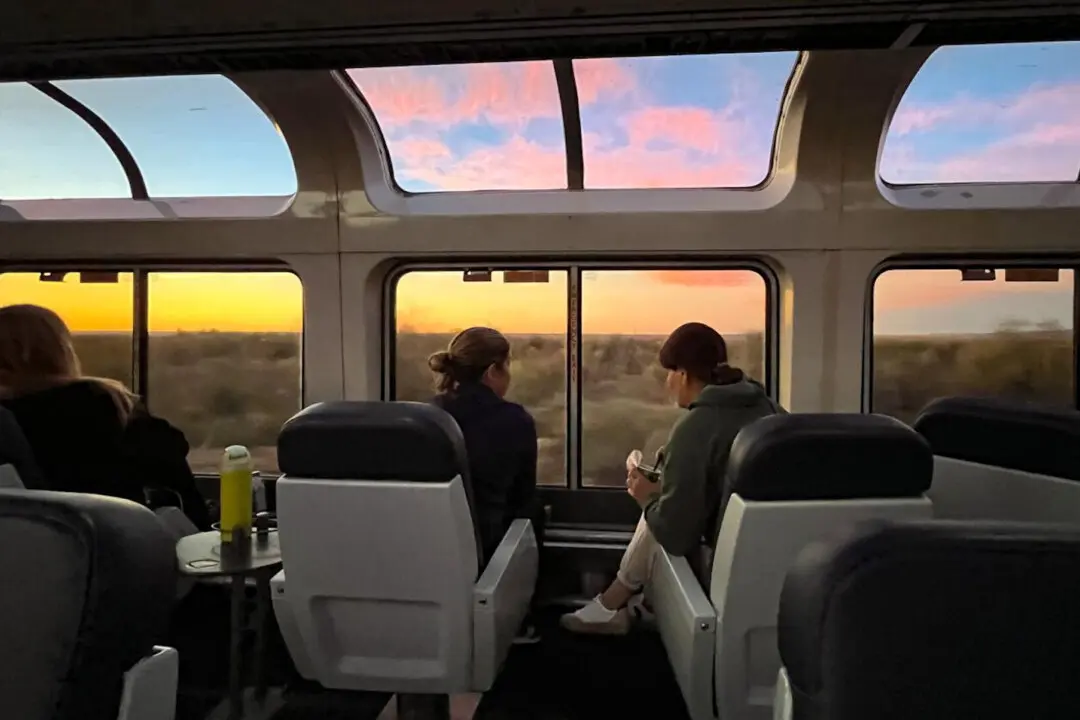By Carol Thompson
From The Detroit News
Detroit–The campgrounds at Isle Royale National Park can get so crowded campers have to share sites with strangers, trek further into the wilderness to pitch their tent or pile into designated “overflow” sites with other visitors to the prized island park in Lake Superior.






